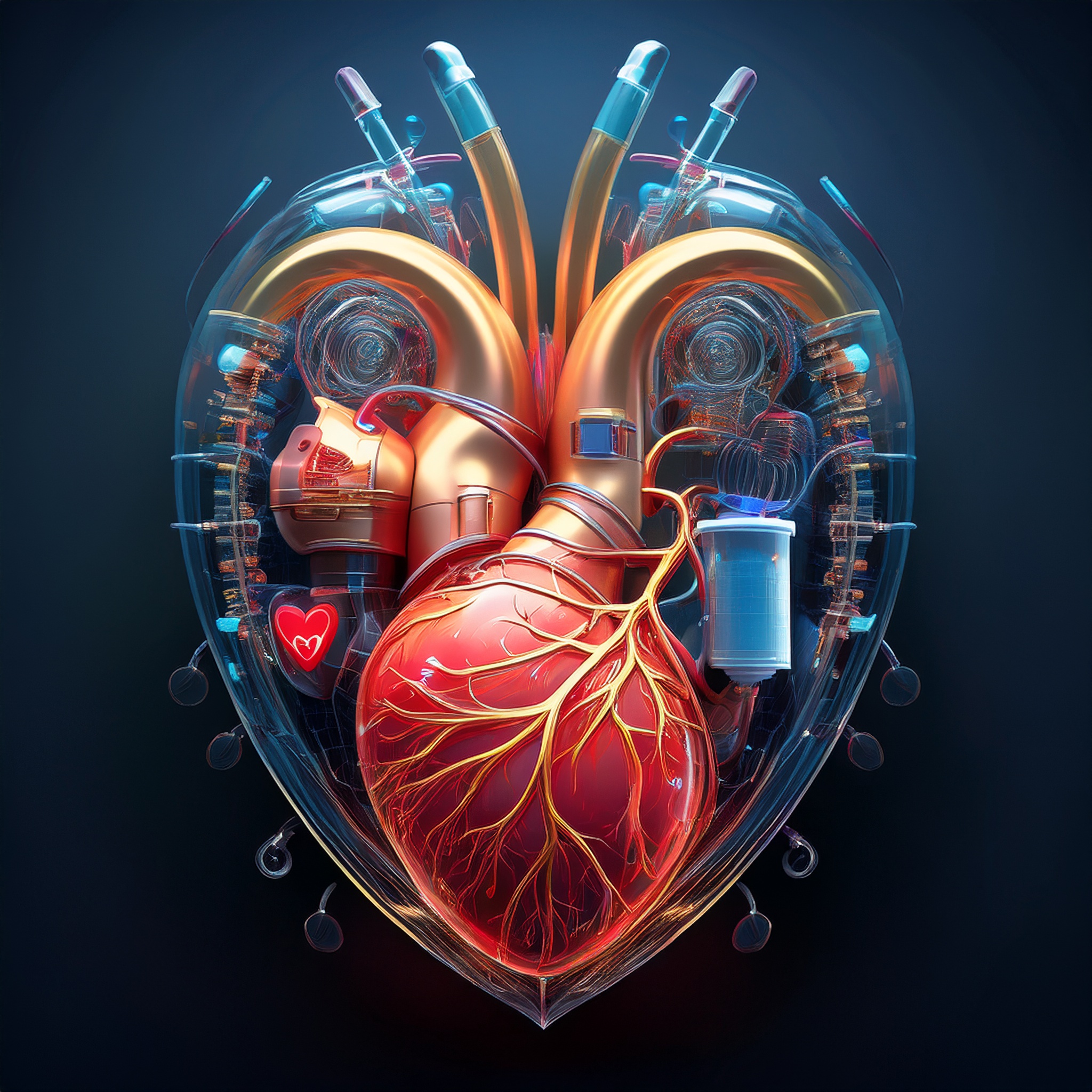Table Of Contents
- Introduction
- Testing Standards
- Manufacturing Precision
- Effectiveness Evidence
- Regulatory Framework
- Patient Reassurance
- Conclusion
Introduction
Cardiovascular devices such as stents, pacemakers, and catheters may be small in size, but their impact on human lives is monumental. In India, where cardiovascular disease (CVD) claims over 2.5 million lives each year according to the Indian Council of Medical Research, and globally, where the World Health Organization (WHO) reports 17.9 million annual deaths from CVD, these tools are indispensable.
India’s medical device industry, valued at $11 billion in 2023, alongside its global counterparts, invests heavily in ensuring these devices are both safe and effective through rigorous scientific processes.
This article explores the meticulous testing, precision manufacturing, and regulatory oversight that underpin their reliability, offering insight into why doctors trust them and why patients facing procedures can feel confident in their use.
Testing Standards
The journey to reliability begins with exhaustive testing. Cardiovascular devices are subjected to trials that replicate real-world conditions with unforgiving scrutiny. Stents, for instance, are tested to withstand 10 million heartbeats—equivalent to three years of continuous use—ensuring they can endure the body’s demands without faltering. Pacemakers, which support approximately 50,000 patients annually in India undergo saline immersion tests to simulate bodily fluids, verifying battery life spans of 7 to 10 years.
A 2023 study from the All India Institute of Medical Sciences (AIIMS) revealed that 96% of devices passing these rigorous tests perform successfully in patients, a testament to their robustness. India also plays a significant role in global clinical research, contributing to trials like Meril Life Sciences’ stent studies involving 3,000 patients over multiple years, aligning with international benchmarks and reinforcing the universal standard of safety.
Manufacturing Precision
The production process is a marvel of exactitude. In India, manufacturing facilities operate under clean room conditions that are 100 times stricter than those of hospital operating theaters, adhering to stringent industry norms to prevent contamination. Every device undergoes microscopic inspection to detect imperfections. The materials used, such as cobalt-chromium or titanium, are selected for their biocompatibility, meaning they integrate safely with the human body, resulting in complication rates below 1%. Globally, the International Organization for Standardization (ISO) mandates a 99.9% quality compliance rate, a standard that Indian manufacturers meet consistently, reflecting a commitment to precision that spans borders.
Effectiveness Evidence
The proof of this scientific rigor lies in the outcomes. In India, stents reduce heart attack mortality by 25%, providing a lifeline for millions affected by coronary artery disease. Globally, pacemakers support over 1 million patients each year, maintaining heart rhythms with remarkable consistency. Failure rates remain exceptionally low—under 1.5% in India—demonstrating the dependability of these devices in critical situations. These statistics are not mere numbers; they represent lives preserved through the synergy of engineering and medical science.
Regulatory Framework
None of this would be possible without stringent oversight. In India, the Central Drugs Standard Control Organization (CDSCO) enforces comprehensive regulations, ensuring that no device reaches the market without passing extensive safety and efficacy checks. This aligns with global standards like those set by ISO, creating a unified framework that prioritizes patient well-being. From initial design to final production, every step is monitored, building a foundation of trust that doctors rely on when recommending these devices to their patients.
Patient Reassurance
For individuals facing a procedure involving a stent, pacemaker, or catheter, the science offers peace of mind. These devices are not products of chance but of painstaking precision—tested relentlessly, manufactured flawlessly, and regulated thoroughly. Whether in a bustling hospital in Delhi or a clinic halfway across the world, they deliver consistent, life-saving results. Patients can rest assured that the technology working within them is backed by some of the most advanced scientific processes humanity has developed.
Conclusion
The safety and effectiveness of cardiovascular devices stem from a meticulous blend of testing, manufacturing excellence, and regulatory diligence. For doctors and patients alike, this scientific foundation transforms small tools into powerful solutions, trusted universally from India to the global stage.

